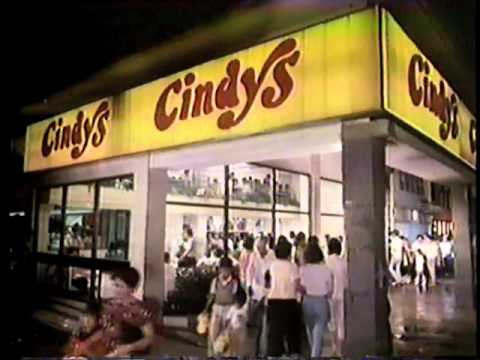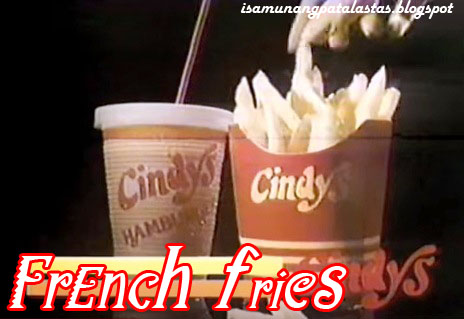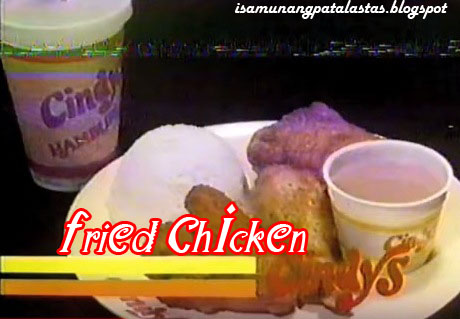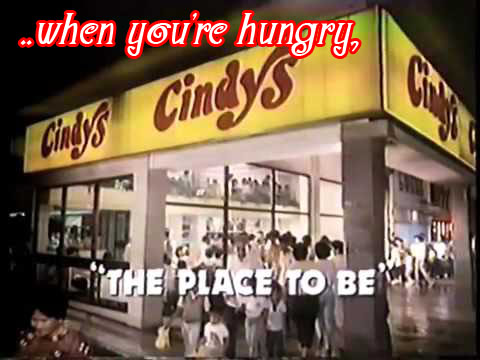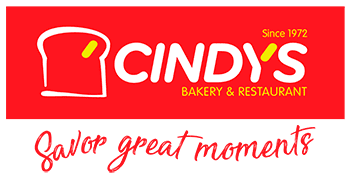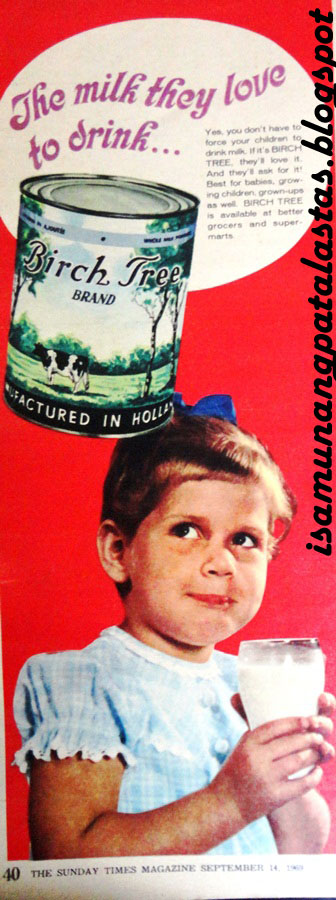Mascots have been part of the advertising world for over
a century, like Mr. Peanut and Jolly Green Giant. They personify the character
of the brand—and they may come in many forms such as super humans, fantastic
creatures, animals—and in the case of JOLLIBEE—an
insect!
 |
| JOLLIBEE IN 1983 |
Before that, Philippine brand characters from the 50s -70s like Nars Cafi (of Cafiaspirina), Shellane Girl (of Shellane LPG) and Pancho Pantera (of Pancho Pantera chocolate drink) all were one-dimensional figures that saw print on posters and ads, and animated on TV like cartoons.
The mascots of JOLLIBEE
not only fed the fantasy of children, but because they were so life-like, they
could interact with them in many fun moments.
In a special way, the JOLLIBEE mascot became role models too,
for each one was created with different characteristics to reflect the various product
qualities. But all were likeable and appealing.
 |
| JOLLIBEE in 1989 |
The lead mascot of JOLLIBEE
Foods Corporation was , of course, JOLLIBEE,
introduced in 1980. His name says it all—JOLLIBEE is a happy, loveable, active figure who flits from one place to another to
spread merriment on everyday occasions.
JFC
Founding Chairman, Tony Tan Cak Tiong, has often likened the mascot's character
to the Filipino working folk, noting that the bee "hops around and
produces sweet things for life, and is happy even though it is busy".
Ms. CHICKEE,
the brand mascot for Chickenjoy, was introduced in 1983.
That same year, the mini-skirted bovine beauty, LADY MOO, was launched to represent the Milkshakes product.
She would be joined in 1985 by MICO, a kid in red short overalls wearing a milkshake cup for a cap. All three would later be discontinued.
That same year, the mini-skirted bovine beauty, LADY MOO, was launched to represent the Milkshakes product.
She would be joined in 1985 by MICO, a kid in red short overalls wearing a milkshake cup for a cap. All three would later be discontinued.
The fastfoods’premium burger, CHAMP, also had a mascot with the same name, introduced in 1984.
With a hamburger head, CHAMP was
dressed as a boxer, complete with gloves and a robe, but, like a boxer, the
mascot, has also been retired.
 |
| JOLLIBEE MASCOTS FAN ART https://sean-the-master.deviantart.com/art/vintage-jollibee-mascot-fanart-121636410 |
MR. YUM was
the original name of the Yumburger mascot, created in 1989. Dressed in a dark
suit, he wears a bowler hat in the shape of a Yumburger bun. In 2008, he was
updated and became simply YUM, a
younger, more funky boy in a raglan shirt and shades, but with the same, sesame
seed-topped burger cap.
TWIRLIE was
the name of the girl mascot who personified the very popular Twirly Sundaes
that were launched way back in 1988. In mall shows, she performs her own
special Twirly Dance.
 |
| JOLLIBEE MASCOTS, THEN AND NOW. https://echo-marav.deviantart.com/art/JOLLIBEE-CHARACTER-MASCOTS-636409322 |
An unusual mascot was seen in 1984, who sported his
stringy hair made from—spaghetti noodles. HETTY,
the resident spaghetti mascot, was nonetheless, a consistent crowd favorite.
But if HETTY seemed unusual with her noodle ‘do, POPO looked awfully strange with his stringy hair made from—French Fries! The potato boy has since transformed into a less weird-looking dude, with the cardboard pocket holder taken off his head.
But if HETTY seemed unusual with her noodle ‘do, POPO looked awfully strange with his stringy hair made from—French Fries! The potato boy has since transformed into a less weird-looking dude, with the cardboard pocket holder taken off his head.
JOLLIBEE has successfully
employed mascots as promotional vehicles, and they are always in demand not
only for the Kiddie Parties, but also for corporate events. Christmas time is
when their mascots are at their busiest, where they not only attend partie but
also go on school tours, headline musical events, star in commercials, and make
special TV appearances. Children would crowd around to touch them, talk to
them, pinch them, pat them, adore them-to the point of hero worship.
WATCH THE JOLLIBEE MASCOTS HERE:
Jollibee (Apat na Dekada), posted by Glover Reselosa
They have been replicated as toys and dolls, featured on licensed merchandise from clocks to plates to pillows and lamps, clothing and school bags.
As the characters are also used to promote various
advocacies—from propagating Pilipino as a language, imparting local values, to endorsing sanitation and cleanliness
programs—the mascots have to conduct themselves in certain way, guided by a
Jollibee Manual which has a mascot code of do’s and don’ts.
 |
| JOLLIBEE MASCOTS IN OPERETTAS THAT EDUCATE AND IMPART VALUES, 1987 |
 |
| COLLECTBLE JOLLIBEE MASCOTS VINYL TOYS, credits to the owner of this photo |
Today, the JOLLIBEE
MASCOTS have all become part of the Philippine pop culture, and there is
not a single kid who cannot, at once, identify him and his circle of friends.
After
all, they could always be counted on to spread fun,good times and great eats!
As one Jollibee fan astutely observed --“JOLLIBEE is not a bee..he is a
FRIEND!”.
 |
| JOLLIBEE MASCOTS AT A KIDDIE PARTY |
SOURCES:
De la Torre, Visitacion R. Advertising in the
Philippines, Its Historical, Cultural and Social Dimensions, Tower Books Houe, ©
1989, pp. 97-99
Vintage Jollibee Mascots: https://sean-the-master.deviantart.com/art/vintage-jollibee-mascot-fanart-121636410
Jollibee Mascots, then and now: https://echo-marav.deviantart.com/art/JOLLIBEE-CHARACTER-MASCOTS-636409322
Jollibee (Apat na Dekada), https://www.youtube.com/watch?v=Szi468pAdCI, uploaded by Glover Reselosa, Jan. 11, 2018.Superbrands, Vol. 1, 1999
Mendenhall, John. Character Trademarks, 1990
Jollibee, wikipedia




